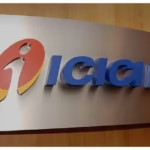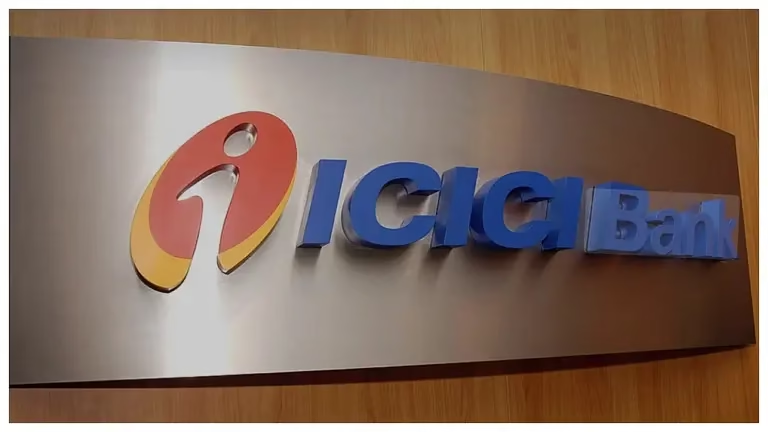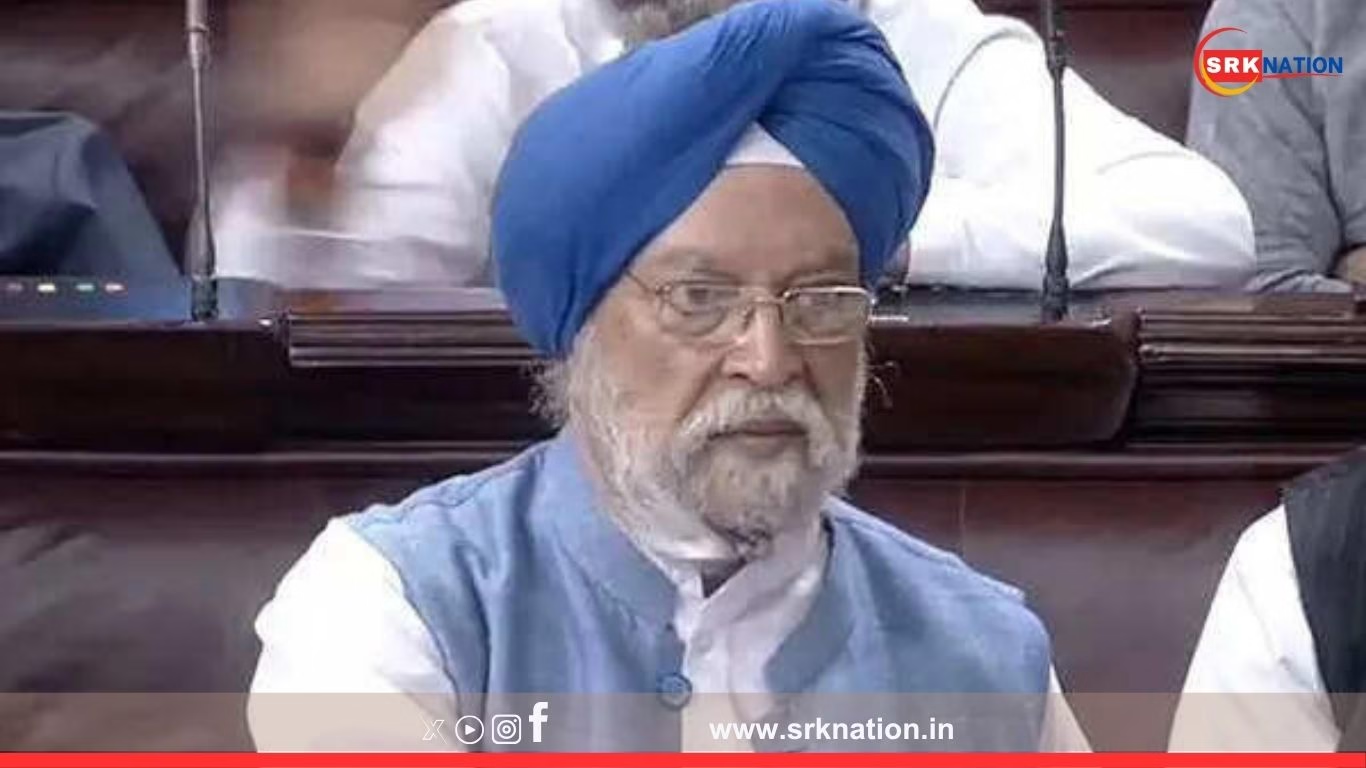In a move that has stirred widespread discussions within the fintech and digital payments industry, ICICI Bank has announced a significant change in its Unified Payments Interface (UPI) operations. Starting August 1, the bank will begin levying transaction charges on payment aggregators for UPI-based merchant transactions, marking a shift in the cost structure of India’s most popular digital payment system. While end users remain unaffected directly, this policy update could have long-term implications on the digital payments ecosystem.
ICICI’s Strategic Decision To Monetize UPI Infrastructure
UPI, developed by the National Payments Corporation of India (NPCI), has long been promoted as a zero-cost platform for both consumers and merchants. This framework, however, has led to concerns about the sustainability of the model for banks that shoulder the operational costs of real-time infrastructure, cyber security, and reconciliation systems.
To address the rising operational burden, ICICI Bank will now charge payment aggregators — intermediaries who facilitate payments between consumers and merchants — based on the transaction route:
- 2 basis points (0.02%) per transaction, capped at ₹6, if the aggregator holds an escrow account with ICICI Bank.
- 4 basis points (0.04%) per transaction, capped at ₹10, if the aggregator holds an escrow account with another bank.
These fees apply to merchant transactions only and are not applicable to individual person-to-person (P2P) transactions.
Impact Analysis: Who Pays What?
This policy explicitly avoids placing a cost burden on the individual end user. Customers making payments via UPI using ICICI Bank, whether through apps like PhonePe, Google Pay, Paytm, or ICICI’s own iMobile app, will continue to make transactions without incurring any direct fee.
Merchants too are not required to pay the bank directly. However, those using third-party payment platforms may see revised service charges if the aggregators pass on this cost.
The introduction of this fee structure mirrors similar moves by Yes Bank and Axis Bank, both of which have implemented transaction fees on payment aggregators. This trend indicates a broader shift in strategy among Indian banks aiming to recover costs while still maintaining free consumer access to UPI.
UPI Ecosystem: New Cost Dynamics (Post August 1)
| Entity | Transaction Type | Charge Levied by ICICI | Who Bears the Cost |
|---|---|---|---|
| End User (P2P or P2M) | Any UPI transfer | ₹0 | No one |
| Merchant using ICICI directly | P2M via ICICI account | ₹0 | No one |
| Payment Aggregator with ICICI Escrow | P2M via aggregator | 0.02% (Max ₹6) | Aggregator |
| Payment Aggregator without ICICI Escrow | P2M via aggregator | 0.04% (Max ₹10) | Aggregator |
| Merchant using Aggregator | P2M via aggregator | ₹0 directly, but aggregator may charge | Possibly Merchant |
What It Means for Payment Aggregators
For large aggregators like Razorpay, Cashfree, CCAvenue, Pine Labs, and BharatPe, this move increases the cost of operations. While the fee amount may appear negligible per transaction, when multiplied over millions of monthly transactions, it becomes a significant operational cost.
These firms may choose to absorb the fee to stay competitive or may revise their commission rates or platform charges. Smaller aggregators, especially those serving MSMEs, may find the new structure financially challenging unless banks offer them incentives or tiered pricing models.
Why Is This Change Happening Now?
The UPI ecosystem has witnessed explosive growth in recent years. In June 2025 alone, UPI clocked over 14.3 billion transactions worth more than ₹21.6 lakh crore. This exponential increase in volume has placed significant stress on banks’ infrastructure.
The government and RBI have long maintained a stance supporting zero MDR (merchant discount rate) for UPI, creating a disconnect between rising backend costs and stagnant revenue streams for banks. ICICI’s latest decision seeks to close this gap without violating government policy or penalizing consumers.
Comparative View of UPI Charges Across Banks (as of August 2025)
| Bank | UPI Transaction Fee for Aggregators | Cap per Transaction | Escrow Requirement |
|---|---|---|---|
| ICICI Bank | 0.02% with ICICI Escrow, 0.04% without | ₹6 or ₹10 | Yes |
| Yes Bank | 0.03% standard | ₹7 | Yes |
| Axis Bank | 0.04% without differentiation | ₹8 | No |
| HDFC Bank | Not yet implemented | N/A | N/A |
| SBI | Yet to announce | N/A | N/A |
Government’s Position and Regulatory Clarity
Despite repeated appeals from banks and fintech players, the Finance Ministry and RBI have maintained a firm position against introducing MDR for UPI transactions. However, charging aggregators is not a violation of this framework, as it does not directly involve merchants or consumers.
Industry experts believe this approach will likely become the norm across Indian banks, providing a sustainable path to support innovation and security in digital payment systems.
Expert Opinions and Industry Buzz
Fintech analysts view this move as an inevitable monetization step to balance ecosystem health. According to reports, large aggregators are negotiating with banks to develop volume-based discounts or shared infrastructure models to mitigate impact.
Merchant associations, on the other hand, have sought clarification from payment service providers regarding any potential pass-through of costs.
Consumer advocacy groups have lauded ICICI Bank for keeping end users unaffected and for maintaining clarity in communication.
What Should Merchants and Users Expect?
- End users can continue to use UPI as usual — no changes in transaction experience, costs, or app interfaces.
- Merchants are advised to monitor any fee revision or platform cost changes from their aggregators.
- Payment aggregators may introduce tiered pricing or bundling models, especially for high-volume merchant accounts.
- Banks are expected to make further announcements on similar lines in the coming months.
Future Implications for Digital Payments in India
While ICICI’s move is unlikely to dent UPI’s explosive popularity in the short term, it does set a precedent. The era of completely free UPI for all stakeholders may gradually evolve into a cost-sharing model—especially as India scales up its ambitions to internationalize UPI, integrate offline retailers, and expand use cases.
Such changes will require transparent communication, updated regulations, and a collaborative approach among banks, fintechs, and the government to maintain trust and ensure accessibility.
Conclusion
ICICI Bank’s introduction of UPI transaction fees for payment aggregators, effective from August 1, 2025, reflects the growing need for sustainability in the digital payments infrastructure. The decision does not impact end users directly and keeps the core philosophy of UPI — ease and affordability — intact. However, it may trigger subtle cost changes in the backend of merchant services and reshape aggregator-bank partnerships in the long run.
Disclaimer: This article is based on publicly available information as of July 2025. Policies and implementations are subject to change by the bank or regulators. Readers are encouraged to check with their respective banks and payment service providers for the most accurate and updated details.











